Higher classification Detarioideae | Scientific name Guibourtia Rank Genus | |
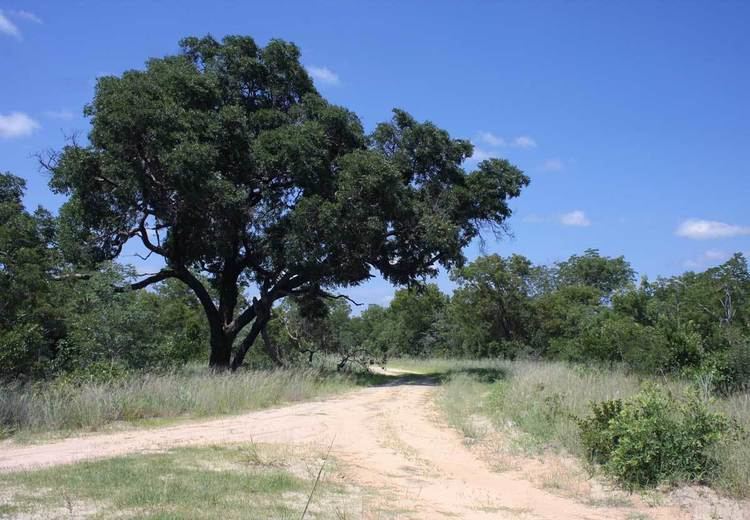 | ||
Lower classifications Guibourtia ehie, Guibourtia arnoldiana, Guibourtia schliebenii, Guibourtia sousae | ||
Guibourtia is a flowering plant genus in the family Fabaceae (legume family). It contains 16 species, native to tropical regions of Africa (13 species) and South America (3 species). They occur in swampy or periodically inundated forests, as well as near rivers or at lakeshores.
Contents
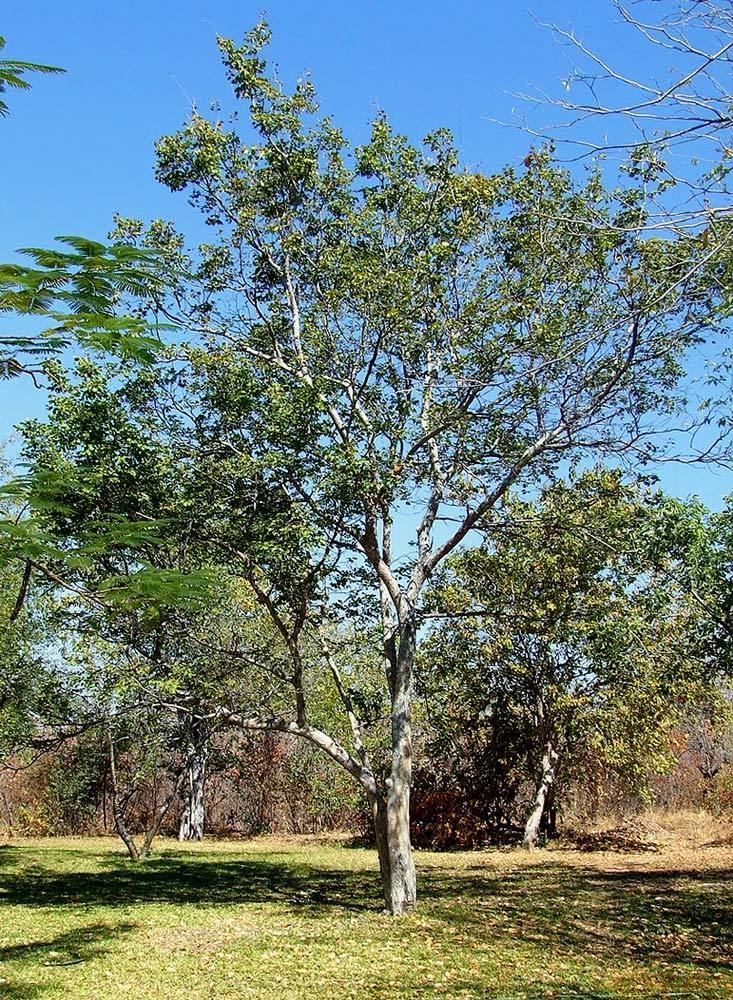
They are evergreen trees growing to 40–50 m tall, with a trunk diameter of 1–2 m, often with a heavily buttressed trunk.
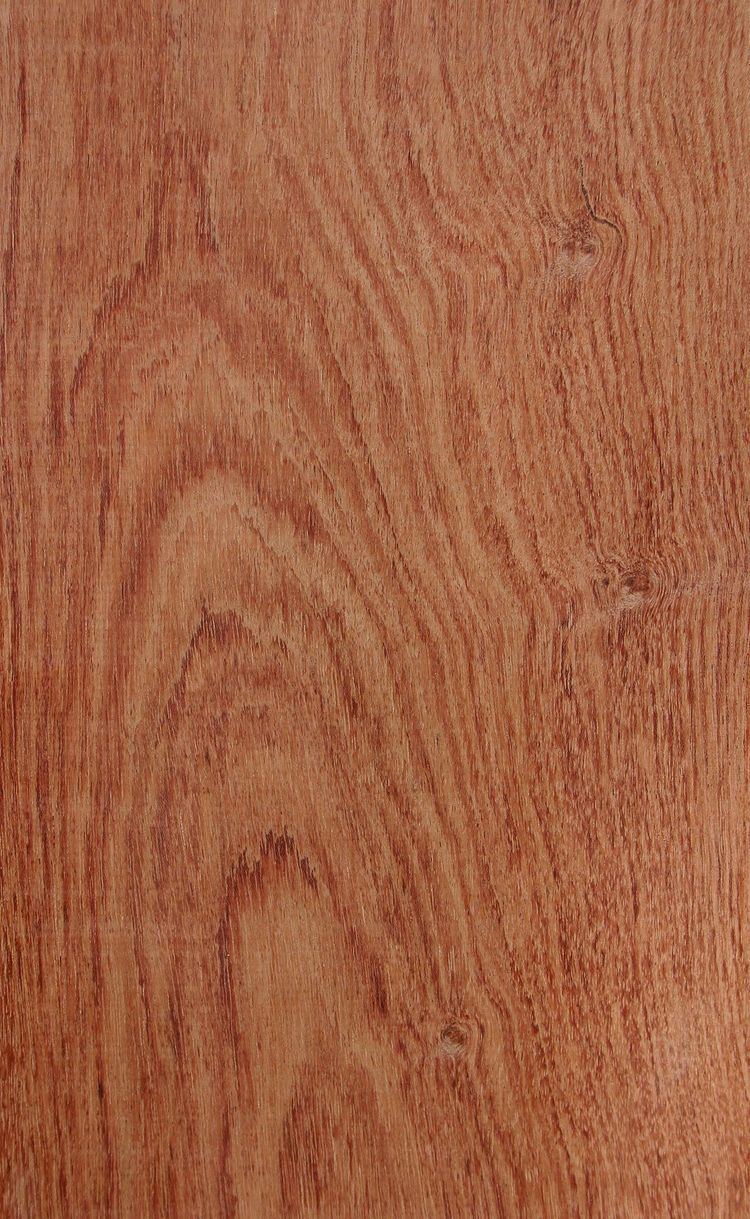
Species
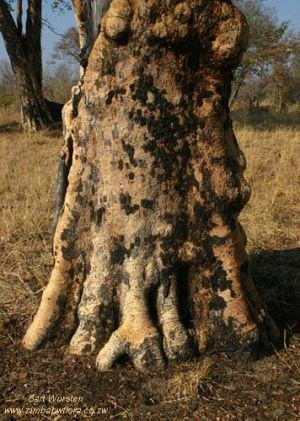
Uses
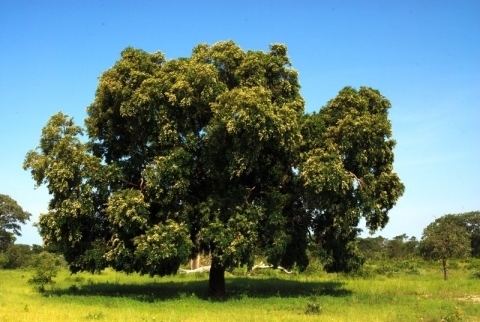
The genus is well known for its luxury timbers. The best-known timber is bubinga (Guibourtia demeusei, aka kevazingo). Another is ovangkol. Species of Guibourtia also produce Congo copal.
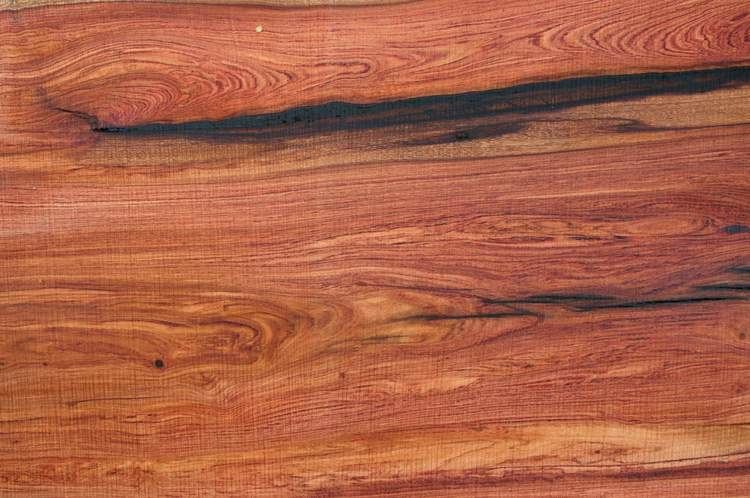
The wood is often used by luthiers for harps and other instruments, such as bass guitars, because of its mellow and well-rounded sound. Warwick Bass and Ibanez are known to use Bubinga and Ovangkol. It has been used in drum shells as well. Drum companies such as Tama offer various high-end drum kits with plies of Bubinga in the shells. Crafter also use bubinga on some of their instruments. Bubinga is also used in both acoustic and electric guitars for its figure and hardness.
Steinway and Sons offers a piano encased in Kewazinga Bubinga, a large West African timber similar to rosewood.
Bubinga is also used in high-end furniture, especially by contemporary Arts and Crafts artists as well on high-end manual woodworking tools such as the front knobs and rear handles of smooth planes. Bubinga comes in various grain patterns, with rare patterns bringing top dollar.
European knife makers sometimes use terms Bubinga and African Rosewood interchangeably when referring to Guibourtia demeusei, which their knife handles are sometimes made of.
